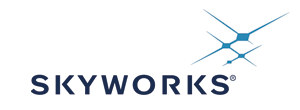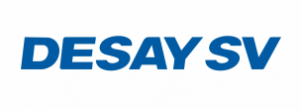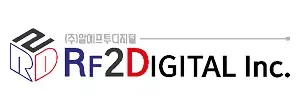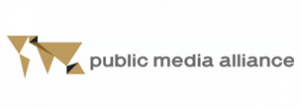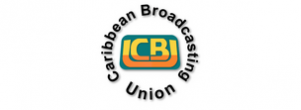Press Release
For Immediate Release
15th January 2014
Contact: pressoffice@drm.org
The DRM Consortium, its members and partners have a strong presence at the 20th international BES (Broadcasting Engineering Society of India) conference and exhibition on terrestrial and satellite broadcasting, held in New Delhi, India, between 14 -16th January 2014. Three conference presentations, one workshop and the participation of several key members exhibiting (Ampegon, Digidia, Fraunhofer IIS, Harris, Nautel, NXP, and RFmondial) are attracting considerable interest from the industry.
In India, following a decision of the Government in 2010 to digitize all broadcast transmissions by 2017, All India Radio (AIR) has begun the roll-out of the DRM Digital Radio standard. The impact of this major technical and financial commitment is currently taking shape. DRM transmissions will offer the majority of the population improved audio quality, multi-lingual text news, improved service reliability, diversified content and many additional features. Digital Radio Mondiale is the only all-band, global digital radio standard designed to enhance the listener experience equally in both the AM and FM / VHF broadcast bands, giving FM quality services to all Indian listeners nationwide.
DRM allows the broadcast of up to three programmes simultaneously, on one frequency (potentially offering more diversified content or in different languages) alongside text news. DRM transmissions use less energy, thus saving substantial cost and resources. DRM can ensure extended coverage both locally and over wide areas by revitalizing the existing broadcast bands and infrastructure. DRM integrates radio into the modern digital ecosystems that are currently developing and will supersede any other analogue technology developed seventy years ago.
In their presentations, DRM Consortium members are stressing the extra features of DRM (such as the Emergency Warning Functionality in case of national disasters). They are also explaining the latest updates to the standard as well as the new developments in receiver chipsets which increases the potential for locally produced and cost-effective receiver solutions. As DRM digital radio starts to become a reality in India, the support and communication by the Government and Prasar Bharati is crucial in building the necessary confidence of receiver manufacturers, retailers and listeners.
To stimulate the interest of Indian stakeholders, the Confederation of Indian Industry (CII) is organising a one day National Seminar on: “DRM: The Future of Indian Radio – Business Opportunities for Stakeholders” on the 28 February 2014 at Hotel Le Meridien, Sovereign I, New Delhi.
About DRM
Digital Radio Mondiale™ (DRM) is the universal, openly standardised digital broadcasting system for all broadcasting frequencies.
The DRM standard comprises of two major configurations: ‘DRM30’ intended for broadcasts on short, medium and long wave up to 30 MHz and providing large coverage areas and low power consumption. The configuration for the VHF bands above 30 MHz is called ‘DRM+’, tailored for local and regional coverage with broadcaster-controlled transmissions.
All DRM configurations share the same audio coding, data and multimedia services, service linking, multiplexing and signalling schemes. DRM provides high quality sound combined with a wealth of enhanced features: Surround Sound, Journaline text information, Slideshow, EPG, and data services.
For more information and DRM updates please visit tmp.drm.org or subscribe to DRM news by writing to pressoffice@drm.org. Click here for the Newsletter with all the latest DRM news from around the world.


